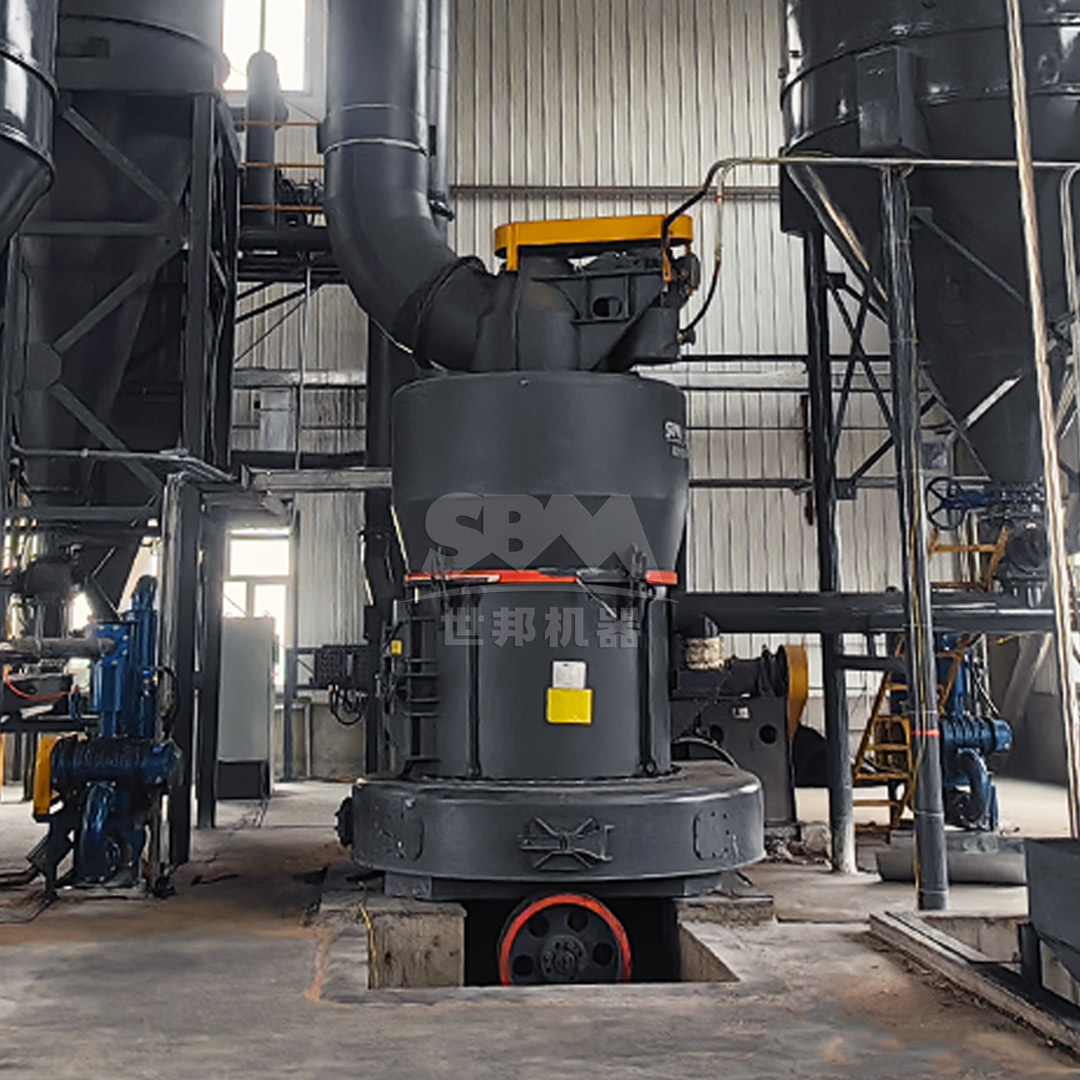Talc, a hydrated magnesium silicate mineral, has become one of the most important functional fillers in the polymer industry due to its unique combination of properties. When properly processed and incorporated into polymer matrices, talc enhances stiffness, heat resistance, dimensional stability, and surface quality while potentially reducing material costs. The performance of talc-filled polymers is critically dependent on the particle size distribution, particle morphology, and surface chemistry of the talc powder, all of which are determined by the grinding technology employed.
The transformation of raw talc ore into high-performance polymer filler requires sophisticated milling equipment capable of delivering precise particle size control while maintaining the platelet structure that gives talc its reinforcing properties. This guide explores the relationship between talc grinding parameters and polymer performance, with particular emphasis on roller mill technologies that optimize these critical characteristics.

The particle size distribution of talc filler directly influences multiple aspects of polymer performance. Fine talc particles (D97 < 10μm) provide superior reinforcement and surface finish but may increase melt viscosity and reduce impact strength. Coarser particles (D97 > 20μm) offer better impact properties but compromise stiffness and surface quality. The optimal particle size distribution depends on the specific polymer application:
| Application | Recommended D97 (μm) | Benefits | Limitations |
|---|---|---|---|
| Automotive PP | 5-10 | High stiffness, thermal stability | Reduced impact strength |
| Packaging Films | 2-5 | Excellent clarity, barrier properties | Higher cost, processing challenges |
| Engineering Compounds | 10-20 | Balanced mechanical properties | Reduced surface quality |
| Wire & Cable | 15-25 | Good electrical properties, cost-effective | Limited reinforcement |
Talc’s platelet structure is fundamental to its reinforcement mechanism in polymers. During grinding, excessive mechanical forces can destroy this platelet morphology, reducing the aspect ratio and compromising the reinforcing efficiency. Roller mill technologies that employ controlled compression forces rather than impact are particularly effective at preserving talc’s natural platelet structure while achieving the desired particle size reduction.
The surface chemistry of talc particles affects their compatibility with polymer matrices and the efficiency of coupling agents. Proper grinding can create fresh, active surfaces that improve adhesion to polymer chains. However, excessive mechanical energy input can generate surface defects and amorphous layers that may interfere with surface treatment processes.

Various grinding technologies are available for talc processing, each with distinct advantages and limitations for polymer applications. Ball mills, while economical, often fail to preserve talc’s platelet structure and produce broad particle size distributions. Impact mills generate excessive heat that can degrade talc’s surface properties. Roller mills, particularly those employing multiple grinding stages with precise classification, offer the optimal balance of particle size control, morphology preservation, and energy efficiency.
For applications requiring ultrafine talc fillers with D97 ≤ 5μm, the SCM Ultrafine Mill represents the state of the art in talc grinding technology. This system combines three-layer grinding with precision vertical turbine classification to achieve particle sizes ranging from 325 to 2500 mesh while maintaining excellent platelet morphology.
The SCM series offers several critical advantages for high-value polymer applications:
With models ranging from the SCM800 (0.5-4.5 ton/h) to the SCM1680 (5.0-25 ton/h), polymer compounders can select the appropriate capacity while maintaining consistent product quality across production scales.
For standard polymer applications requiring talc in the 30-325 mesh range, the MTW Series Trapezium Mill provides an excellent balance of performance, efficiency, and cost-effectiveness. This European-style grinding mill incorporates several advanced features specifically beneficial for talc processing:
The MTW series, with capacities from 3-45 tons per hour, is particularly suitable for large-volume production of talc fillers for polypropylene, polyethylene, and engineering plastics where strict cost control is essential.
Polypropylene represents the largest application for talc fillers, particularly in automotive components and household appliances. For these applications, talc with D97 of 5-15μm typically provides the optimal balance of stiffness, heat deflection temperature, and impact strength. The grinding process should prioritize maintaining high aspect ratio particles while achieving consistent top-size control to prevent surface defects in molded parts.
In engineering plastics such as nylon, PBT, and polycarbonate blends, finer talc grades (D97 2-8μm) are typically employed to enhance stiffness and heat resistance without significantly compromising toughness. These applications require extremely consistent particle size distributions and minimal contamination, making the precision classification of the SCM Ultrafine Mill particularly advantageous.
For flexible PVC applications, talc primarily functions as a cost-effective filler and processing aid. Medium fineness grades (D97 15-25μm) are typically sufficient, with the grinding process optimized for low energy consumption and high throughput. The preservation of platelet structure is less critical in these applications, allowing for more aggressive grinding parameters.

Regular particle size analysis using laser diffraction methods is essential for maintaining consistent talc quality. Modern roller mills with integrated classification systems can be programmed to maintain specific D10, D50, and D97 values, with real-time monitoring and automatic adjustment capabilities.
Scanning electron microscopy (SEM) provides critical information about particle shape and aspect ratio preservation. Regular morphology assessment ensures that the grinding process maintains the platelet structure necessary for optimal reinforcement in polymer matrices.
BET surface area measurements complement particle size data, particularly for surface-treated talc grades. The grinding process can be optimized to create the specific surface area characteristics required for efficient coupling agent application.
When selecting talc grinding equipment, polymer producers should consider the total cost of ownership, including capital investment, energy consumption, maintenance costs, and product yield. Advanced roller mill systems typically offer superior energy efficiency and lower maintenance requirements compared to traditional grinding technologies, resulting in lower operating costs despite higher initial investment.
The premium properties achieved with properly ground talc can justify investment in advanced grinding technology through:
The talc grinding industry continues to evolve in response to changing demands from the polymer sector. Key trends include:
As polymer formulations become increasingly sophisticated, the importance of precisely controlled talc grinding will continue to grow. Investments in advanced roller mill technology today will position talc producers and polymer compounders to meet tomorrow’s performance and sustainability challenges.